Lettuce From Seed: These Annuals Are Very Amenable To Successional Sowing
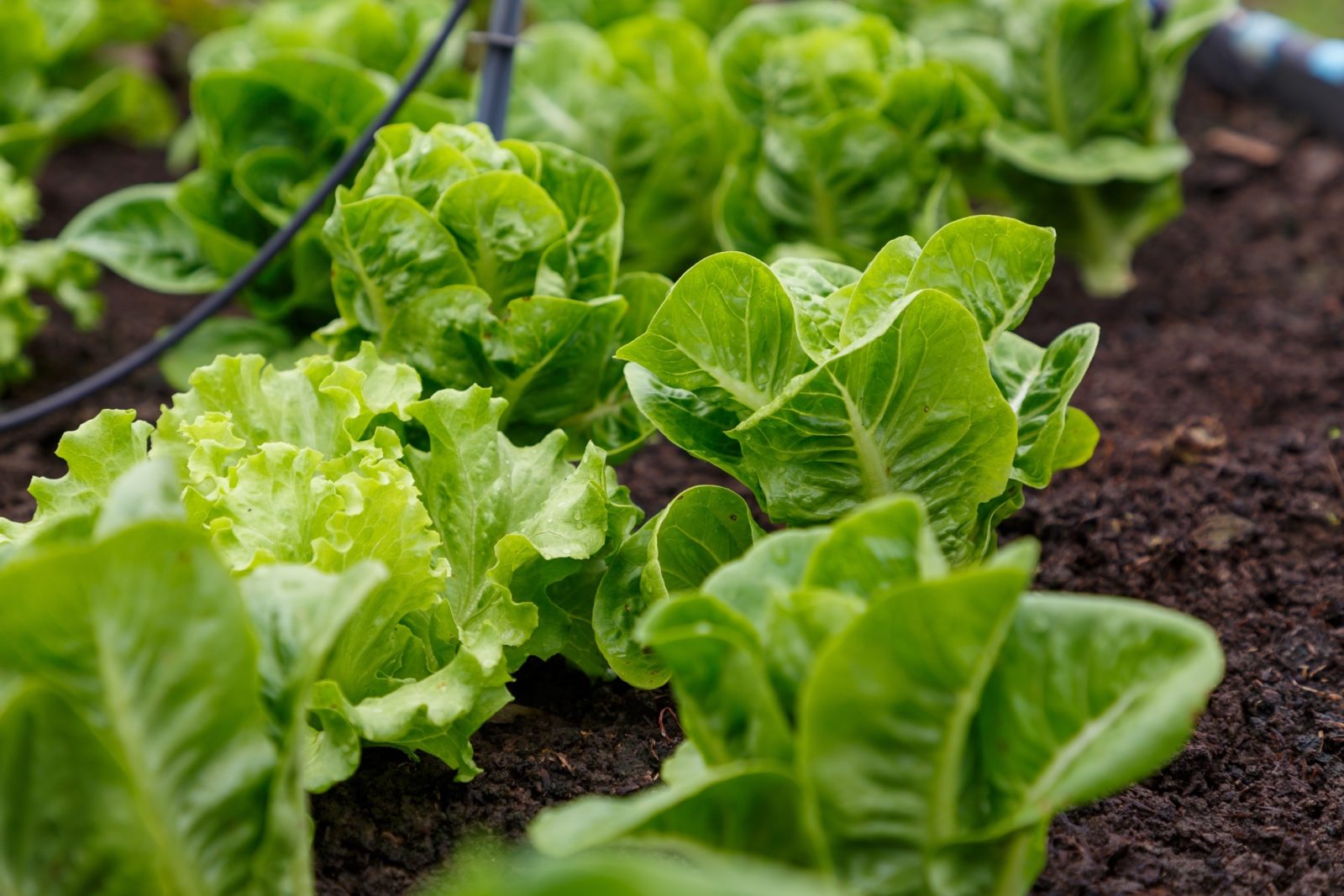
VEGETABLES > LETTUCE > SOWING
Reviewed By COLIN SKELLY

Colin is a Horticulturist and Horticultural Consultant with experience in a range of practical and managerial roles across heritage, commercial and public horticulture. He holds the Royal Horticultural Society’s Master of Horticulture award and has a particular interest in horticultural ecology and naturalistic planting for habitat and climate resilience.
Contributions From EMILY CUPIT

Emily is a Gardening Writer, Photographer and Videographer from Derbyshire, UK. She is the Founder of Emily's Green Diary - a community of more than 75,000 people who share in her gardening journey.
LETTUCE GUIDES
Harvesting
Sowing
Lettuce comes in several types – iceberg and romaine, butterhead and loose-leaf.
However, they all have a couple of attributes in common: they are everyone’s first ingredient for salads, and they are all grown in a similar way.
By mixing up those lettuce types in your garden, you can make your salads more varied!
Lettuces are annuals that are grown from seed and they are very amenable to successional sowing, though you have to be on your guard during warm summers to avoid plant bolting.
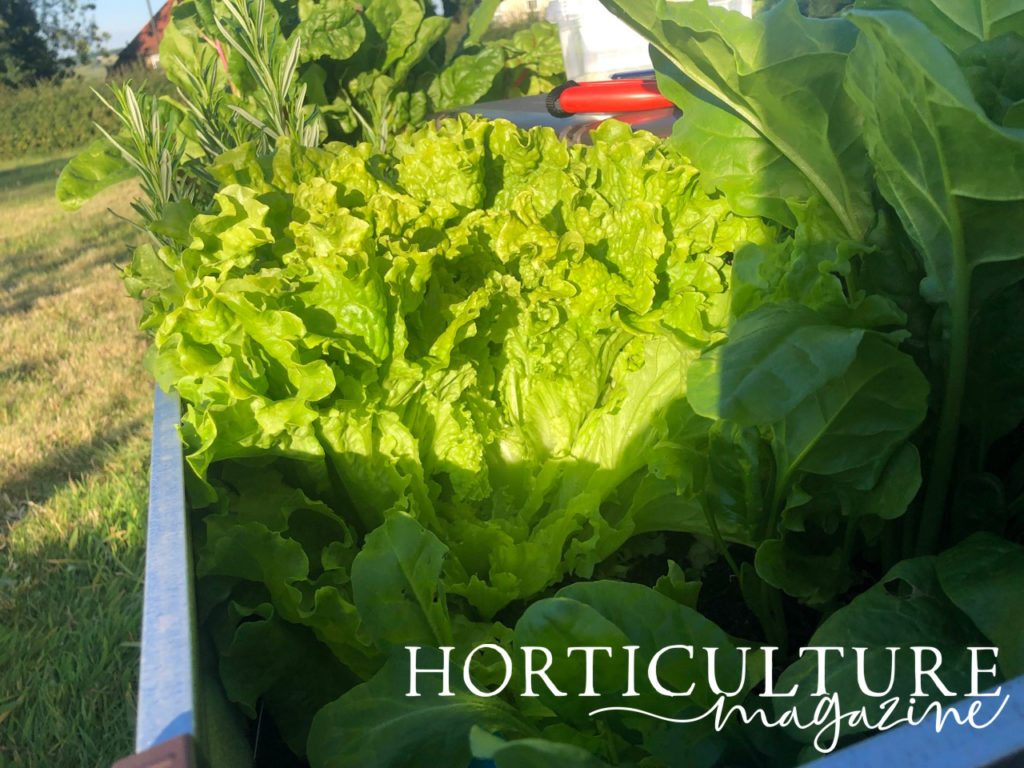
The ideal daytime temperatures for growing lettuce are between 15°C and 21°C, but there is some ‘room for error’.
| Difficulty | Easy |
| Equipment Required | Gardening gloves, hoe or other cultivating implement, cane or stick |
| When To Sow | April – Early September |
| Aspect | Full sun or morning sun; preferably sheltered; some cultivars require a south- or east-facing aspect |
Growing these leafy greens is a simple four-step process:
1) Prepare The Soil
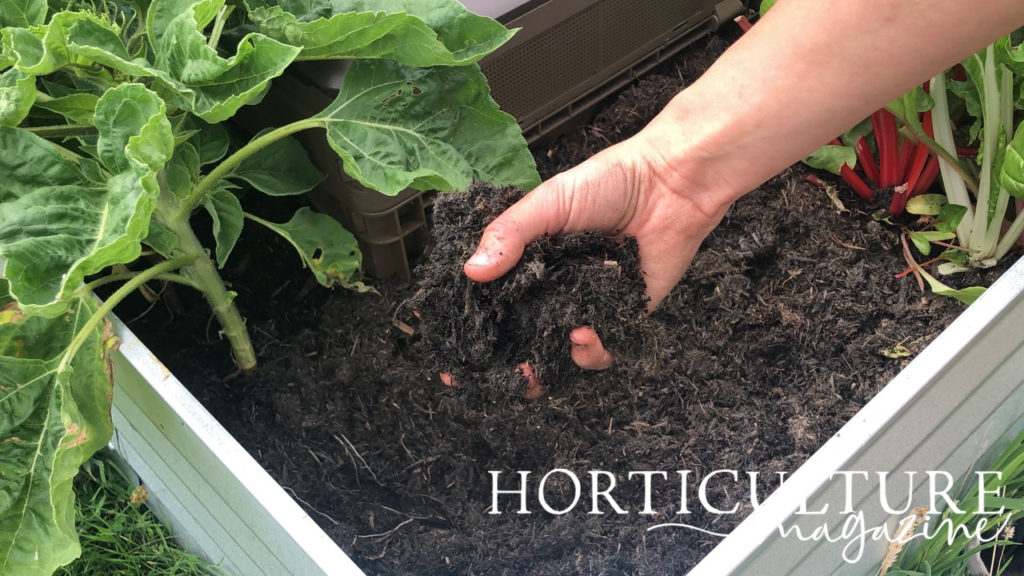
Select a site that gets full sun or at least morning sun. A sheltered spot would be preferable; many lettuce varieties need it, though some don’t.
Using a hoe or cultivating implement, till the ground well. You don’t need to go very deep – about 20cm is enough.
Mix in ample organic compost or well-rotted manure.
Though the soil should not be heavy and should drain very well, it should retain moisture.
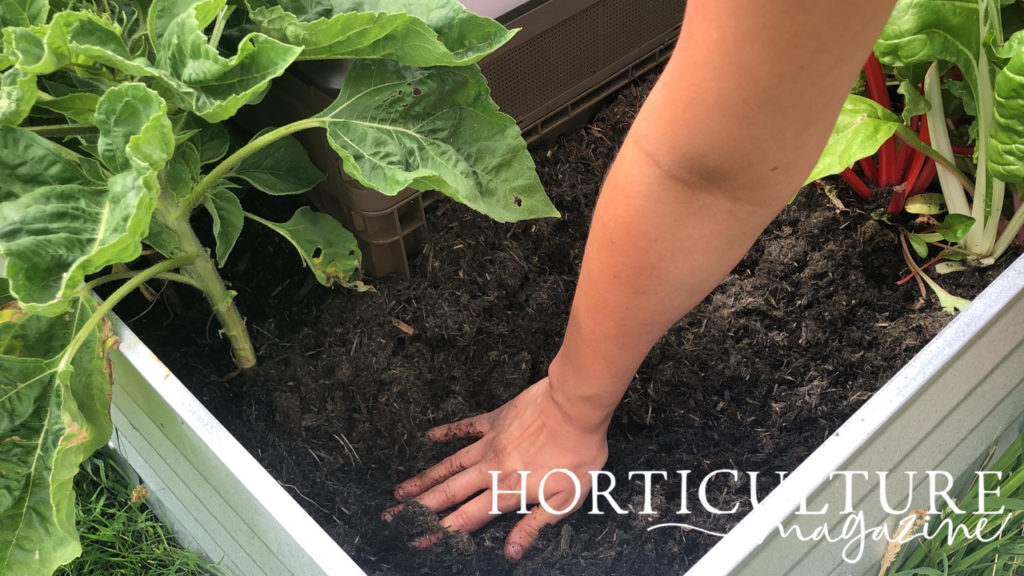
Amendment with organic compost should do the trick but you can always mix in vermiculite as necessary.
Soil pH levels from 6.1 to 7.3 – slightly acidic to neutral – will be perfect.
If you live in a warm region of the country and intend to sow in summer, your lettuce plants may not germinate, and if you grow this crop through summer, your lettuce plants may bolt.
“If I’m sowing lettuce in the summer, I’ll put some shade netting up around the newly sown trays to avoid lettuce seeds from entering dormancy through conditions being too hot, which happens quite easily in a greenhouse,” shares Colin Skelly, a Master Horticulturist.
“This has happened to whole batches of my newly sown seeds before, so I’m quite cautious to make sure they don’t ‘bake’ once sown.”
To ensure germination you can sow seeds in trays that are placed in a cool location and to avoid losing your lettuce crop, select a spot that gets afternoon shade and keep the soil consistently moist (and be sure to use cold water).
2) Sow Seeds
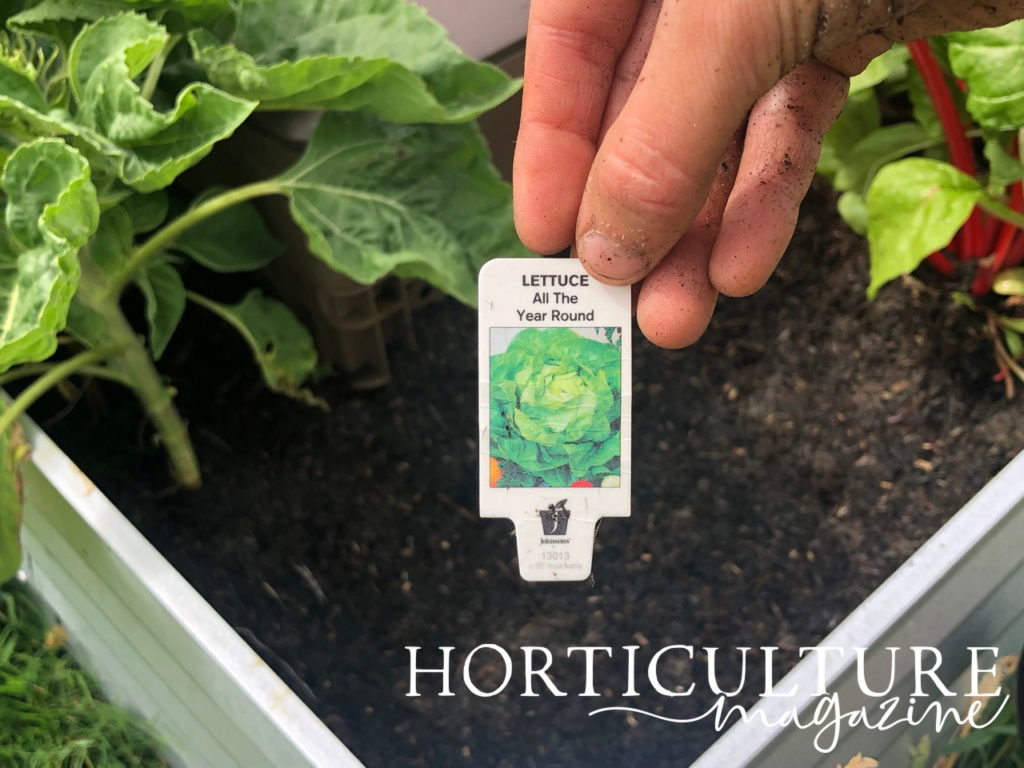
In most regions of the UK, you can sow lettuce seeds at any time from April through to early September.
To do this, make a very shallow drill, about 1cm deep, and sow seeds thinly in it.
Cover very lightly with a mixture of organic compost, vermiculite, or both.

Do not pack in the medium because these seeds need light to germinate.
The spacing between rows depends upon the size of the varieties but you can’t go wrong with a row spacing of 30-40cm.
You can sow seeds every two weeks – successional sowing – to reap an ongoing harvest.

For the most part, you can sow seeds until about September, but this depends on your region’s first frost date and the time it takes a given type of lettuce to mature.
Quite a few lettuce varieties can withstand a light frost or two, but it is wise not to sow seeds if the lettuce will not be ready for harvest by the first expected frost.
3) Water
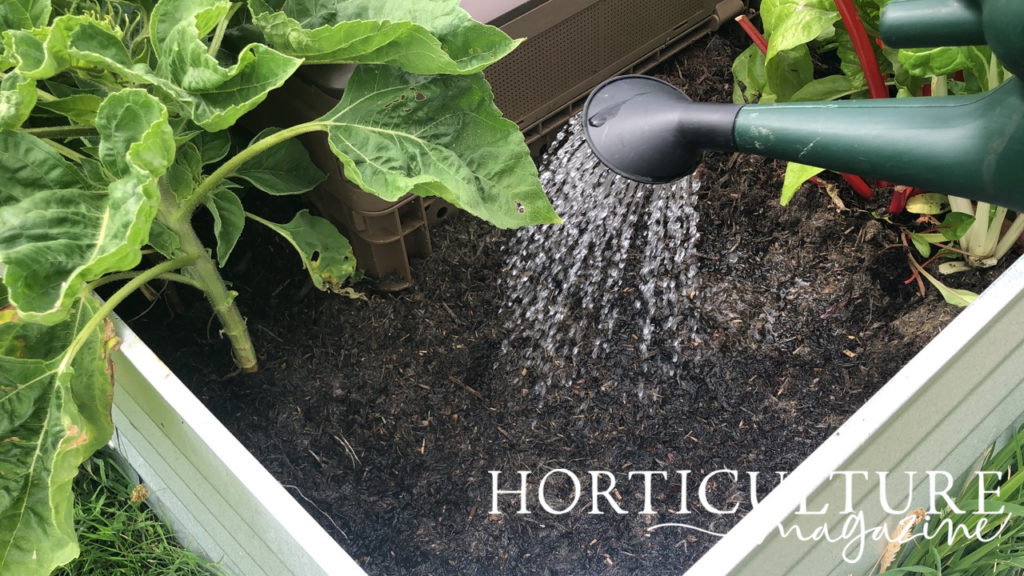
Lettuce needs shallow but regular watering so that the soil can stay consistently moist.
In fact, besides overly warm weather, dry soil can cause lettuce to bolt.
On the other hand, soil should not stay soggy either.
Every few days check the soil with a finger to about 3cm.
If it is not moist, water. Be sure to use cold water and to water by mid-morning.
You can apply a thin layer of mulch over and around the growing site to conserve moisture.
It is a good idea to add vermiculite to mulch when the aim is moisture conservation.
4) Thin The Seedlings
Start to thin your lettuce after the seedlings have put out two true leaves.
Remove the laggards and seedlings showing uneven growth.
Thin again after two to three weeks, and do so again if necessary.
The aim is for the growing plants to be spaced 15-25cm apart.
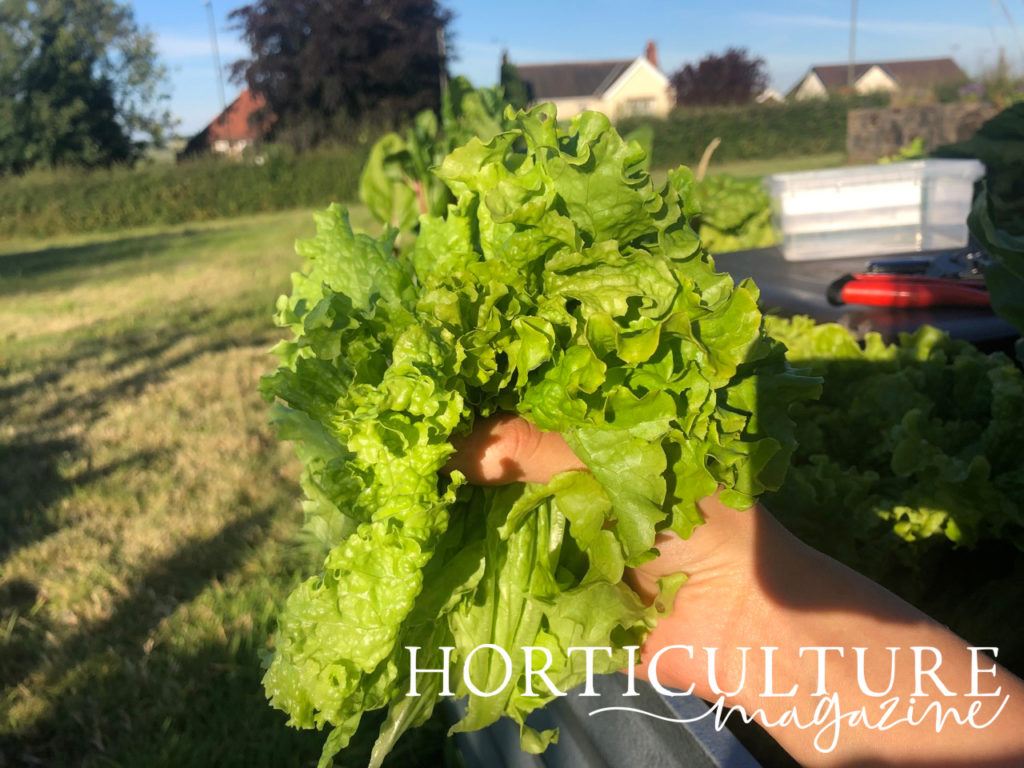
As for the thinnings, they should be going to the kitchen as your first lettuce harvest of the season!

